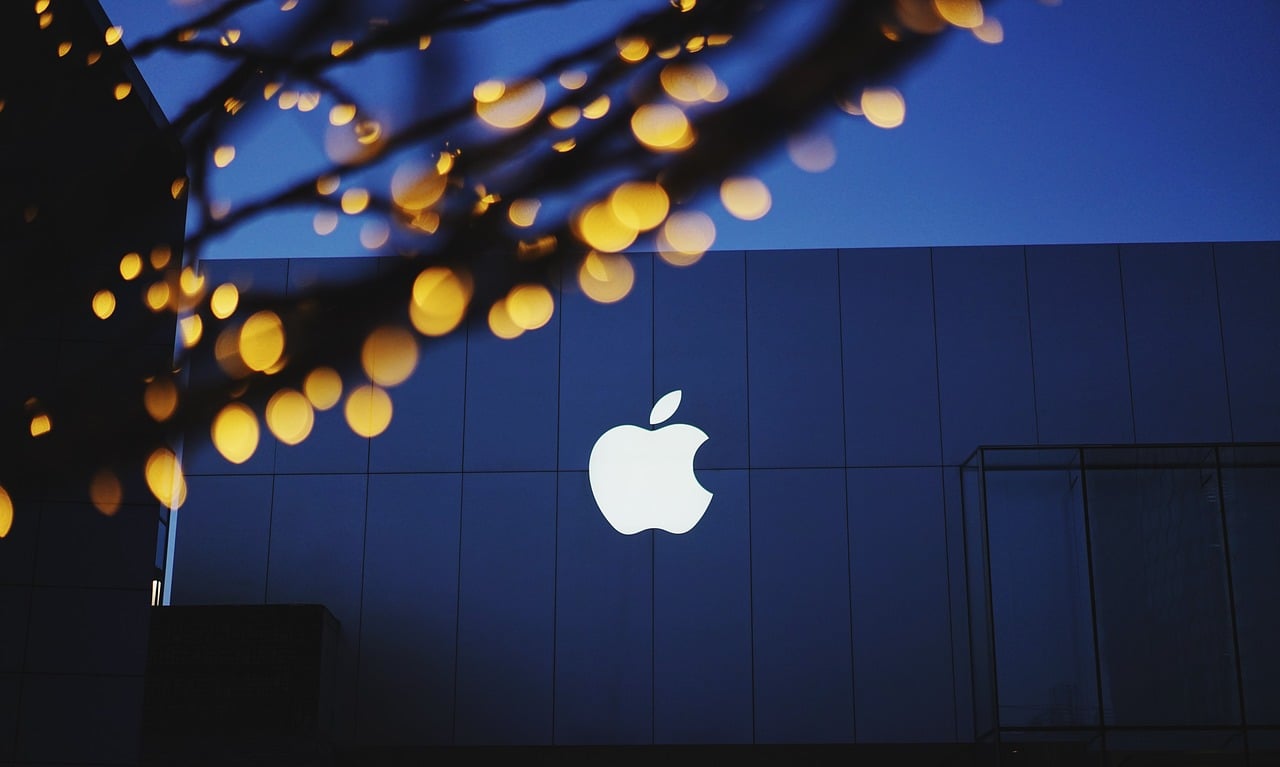Samsung and Huawei have already announced their foldable phones. Motorola, TCL, and many other vendors are also working on their own foldable smartphones. But Apple fans may have to wait another couple of years to see the first foldable iPhone. This year’s iPhone 11 series will see a minor upgrade, and the 2020 iPhones would finally get 5G connectivity and a new design. According to analysts at UBS Securities, the first foldable iPhone won’t arrive until 2021.
UBS Securities said in an investor note (via CNBC) that the Cupertino company could launch a foldable product next year at the earliest. UBS analysts believe that a 2021 launch is more likely than in 2020. Also, the first foldable iDevice will be an iPad rather than an iPhone. The folding iPhone would arrive after the iPad.
Their prediction is based on the analysis of Apple’s intellectual property filings. In the last few years, Apple has filed numerous patents related to the foldable display technology. It means the Cupertino company is at least exploring the idea of foldable iPhones and iPads. Back in 2017, Korean media claimed that Apple was working with LG Display for foldable iPhones and iPads.
One of the patents granted to Apple in May this year outlines how the display and cover layer would work. As per the patent, the display would fold inward similar to Samsung’s Galaxy Fold. It describes a display layer and a protective cover layer, both of which bend at specific points. The protective cover sheet could be made out of chemically strengthened glass, sapphire, zirconia or other ceramic materials to withstand the stress generated by thousands of cycles of folding and unfolding the screen over the lifetime of the device.
Wedbush Securities analyst Daniel Ives also predicts that the first foldable iPhone could launch in 2020 or 2021. According to Ives, Apple has been “on the fence” about foldable devices for years, though the company owns multiple patents related to the foldable technology.
Even the 2021 timeline seems too ambitious considering Apple’s design standards. The early foldable devices aren’t thin and sleek, and Apple is obsessed with high industrial design standards. Only time will tell whether the company could make foldable devices that live up to its design and durability standards. Apple wouldn’t want to ship out half-baked products.
UBS analysts told investors that Samsung remains the leader in folding display and device technologies. “Samsung will lead the way for foldable adoption as a smartphone vendor,” said analysts. But for the foldable products category to take off, the industry has to significantly reduce the cost of foldable devices. The analysts added that China could play a big role in driving the adoption of foldable devices. Chinese consumers were the first to embrace smartphones with larger displays.
Samsung’s Galaxy Fold has been priced at $2,000, making it more expensive than even most laptops. A survey conducted by UBS Securities suggested that consumers were willing to pay $400-$500 extra for folding devices. Since Apple users are used to paying a premium, they are open to paying $600 more to get their hands on foldable iPhones and iPads.
Samsung’s $2,000 Galaxy Fold was supposed to go on sale in April. But the review units the company sent out to expert reviewers suffered multiple display related issues. Samsung decided to delay the launch by a few weeks and fix the problems. It had also canceled pre-orders. The Korean company ended up taking longer than expected time. Samsung says it will now launch the redesigned Galaxy Fold in September.
Huawei has also pushed back the launch of its foldable device Mate X due to carrier certification tests. It was planned for June launch, but has now been delayed to September. The foldable display technology is still in the early stages of its development, so don’t be surprised if the early phones suffer from display and durability issues.





